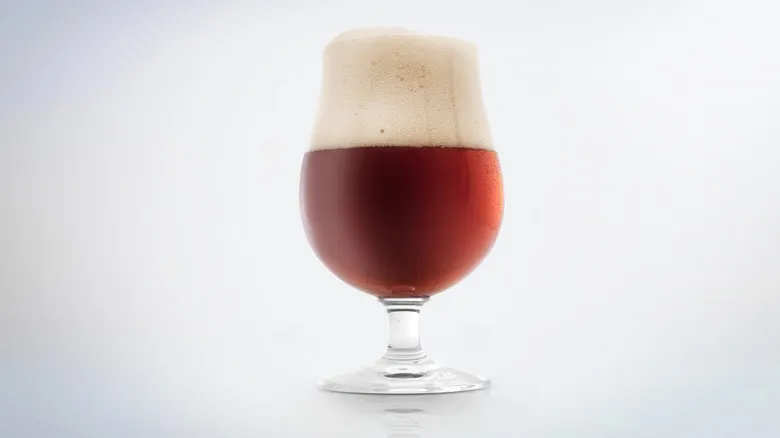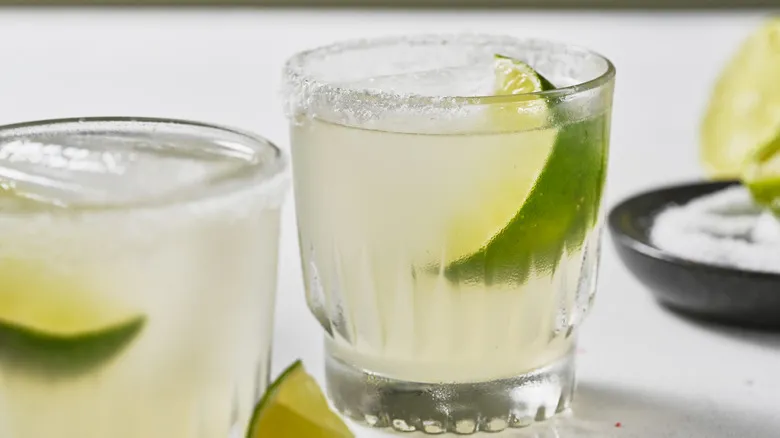The X factor of ale yeast
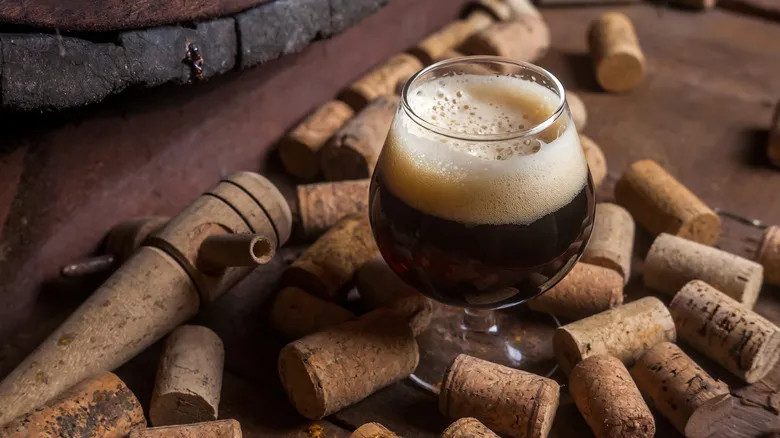
Ale yeast tends to be fruitier and more expressive compared to the drier, more neutral yeasts typically used for lagers, which result in beers often described as crisp. When fresh, the yeast profile of an old ale can exhibit flavors ranging from stone fruit to vanilla to raisin. However, as it matures, it may develop an oxidative character. While oxidation is generally considered a flaw in most beer styles, in this case, it adds a nutty, sherry-like note that evokes wine, which is not only acceptable for this style but also enjoyable and sought after.
If you have a bottle of English-style old ale and wish to cellar it, it's crucial to do so under the right conditions. Unlike wine, you should store the bottle upright rather than on its side, ideally in a dark area such as a closet or basement. Aim for a temperature of around 55 to 60 degrees Fahrenheit, ensuring that there are no significant fluctuations in humidity.
When you're ready to savor your old ale, familiarize yourself with the different types of beer glasses and their appropriate uses—a snifter is an excellent choice for this brew. It pairs wonderfully with dishes like herb-roasted beef tenderloin or a perfectly cooked boneless leg of lamb, as well as desserts featuring complementary dark fruits and spices. Whether you're a devoted craft beer enthusiast or just beginning to explore the diverse world of beers, enjoying an English-style old ale offers a distinctive experience.
Recommended
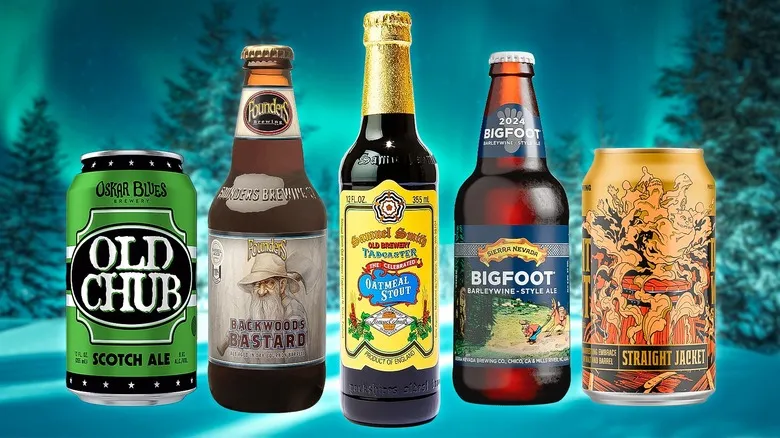
12 Best Beers To Enjoy During The Winter
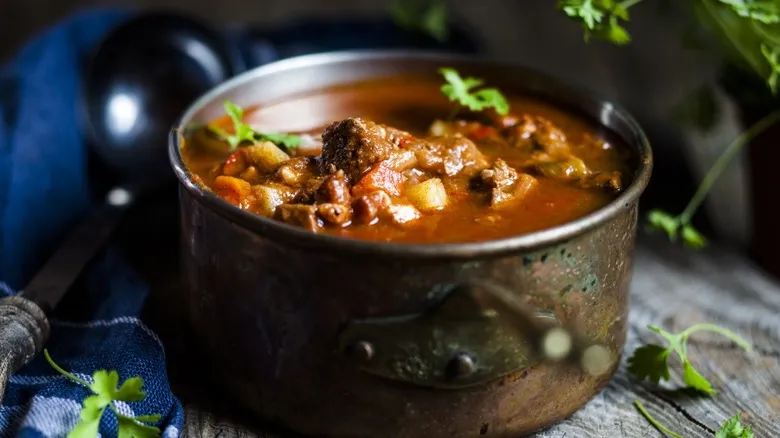
For More Flavorful Stews, There's One Type Of Ale You Should Pour In

Martha Stewart's Favorite Way To Drink Wine Involves A Faux Pas
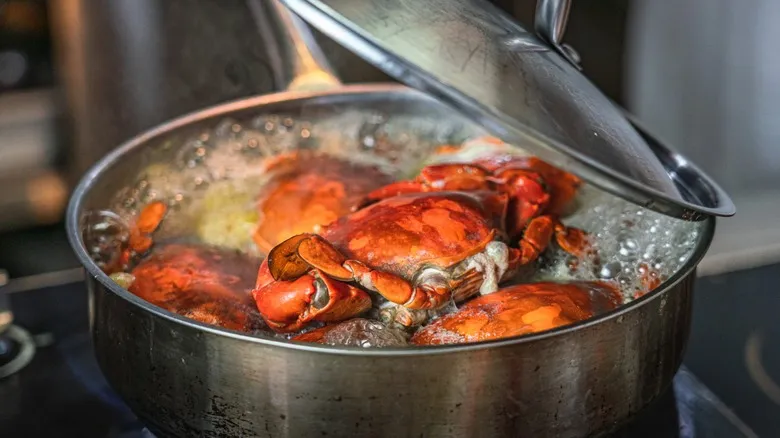
Beer Is The Secret For A More Flavorful Crab Boil
Next up

